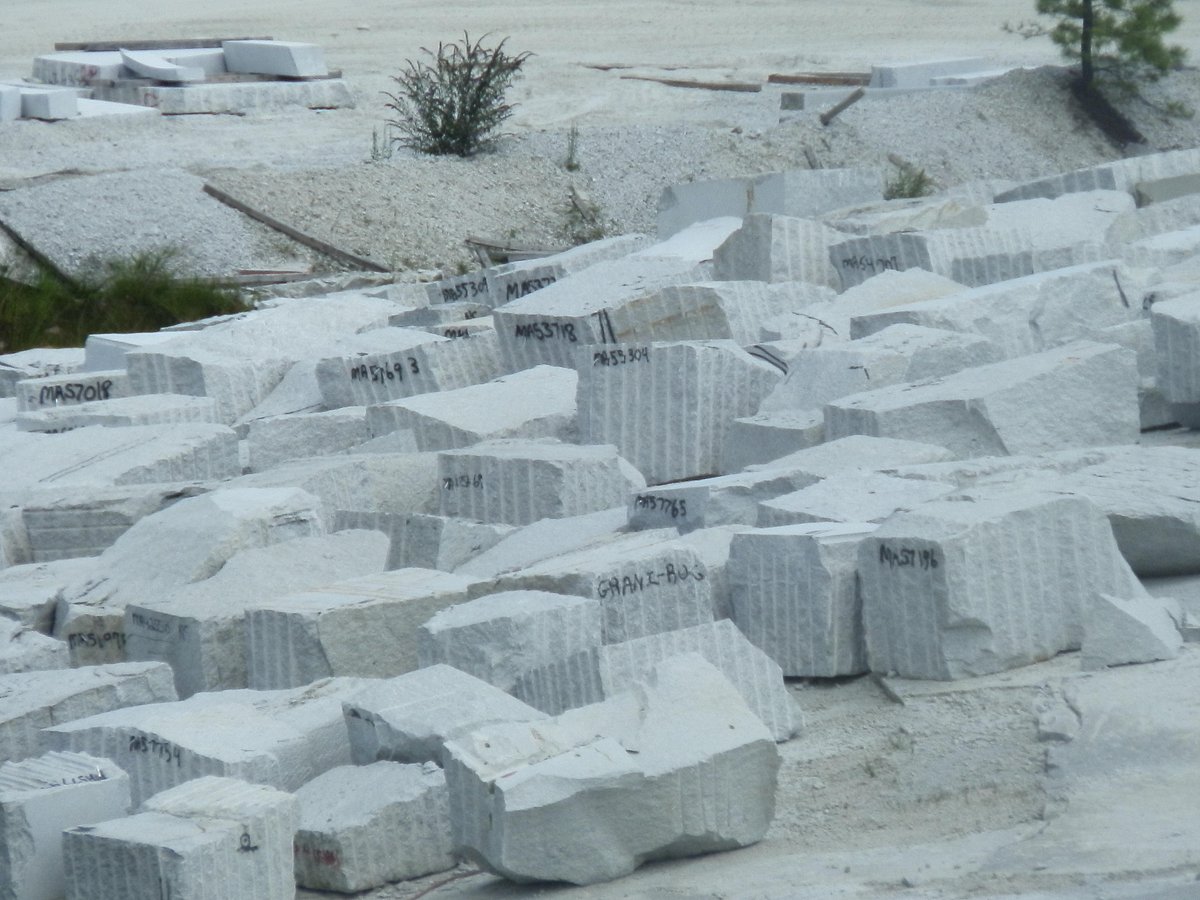A Journey Through Granite Quarries in South Africa: Introduction Nature's Virtuosity
A Journey Through Granite Quarries in South Africa: Introduction Nature's Virtuosity
Blog Article
Introducing the Mysteries of Granite Quarrying: Where Strength and Style Meet
The world of granite quarrying is a world where the raw strength of nature assembles with human virtuosity to create structures that stand the examination of time with an air of style. From the depths of quarries to the precise sprucing up in workshops, the procedure of transforming granite into architectural wonders is an intricate dancing of tradition and development. As we peer right into the midsts of this old craft, we start to uncover the covert ins and outs that form the really significance of our built environment.
The Origins of Granite Quarrying
In the annals of architectural history, the origins of granite quarrying are shrouded in a tapestry of ancient craftsmanship and geological marvels. Going back to old Egypt and Mesopotamia, the removal of granite from quarries noted the start of a trip that would at some point bring about the production of several of the globe's most legendary frameworks.
Granite quarrying's origins can be mapped to the skilled artisans who recognized the rock's durability and aesthetic appeal. Via a mix of primitive devices and large decision, these early quarry workers unearthed granite blocks that would become the foundation of human beings.
As human beings advanced, so did the strategies of quarrying granite. The Romans, renowned for their design prowess, developed advanced approaches for removing granite to build monuments, temples, and roadways that stood the examination of time.
The tradition of these ancient quarrying techniques proceeds to shape modern architecture, with granite continuing to be a sign of stamina and elegance in construction projects around the world. (granite quarries in south africa)
Devices of the Quarrying Trade
The evolution of granite quarrying strategies from ancient civilizations to modern-day times highlights the important function played by the tools of the quarrying sell shaping the industry's techniques. In ancient times, quarrying devices were fundamental, commonly consisting of knives, hammers, and wedges made from products like bronze or iron. These tools needed significant workforce and time to essence granite obstructs from quarries.

Furthermore, the introduction of pneumatic tools and high-powered machinery has considerably decreased the physical labor needed in quarrying operations, read improving worker safety and productivity. As the quarrying industry remains to introduce, the devices of the trade stay at the forefront of driving progress and shaping the future of granite removal.
Removing Blocks of Granite
Utilizing accuracy machinery and advanced methods, the extraction of granite obstructs from quarries has come to be an advanced process in the modern-day quarrying industry. Regulated blasting strategies are then employed to damage apart the granite into convenient sections.

Sprucing Up and Ending Up Methods
To accomplish a remarkable surface on granite blocks, proficient artisans utilize a collection of precise sprucing up and ending up methods. After the first extraction and shaping procedures, the granite obstructs undergo a complete polishing phase to improve their all-natural beauty and toughness.
Along with polishing, completing strategies are related to further fine-tune the granite's look. These strategies may include flaming, refining, or cleaning, each offering one-of-a-kind textures and surfaces to fit various visual preferences. Flaming, for example, includes subjecting the granite surface area to high temperature levels to create a rough, textured surface, suitable for outside applications where slip-resistance is crucial. Honing, on the other hand, offers a matte surface that is smooth to the touch, best for indoor kitchen counters and floor covering. By meticulously picking and using these have a peek at this site brightening and finishing techniques, artisans can transform raw granite obstructs right into exquisite pieces that display both toughness and elegance.

Ecological Effect and Sustainability
With the growing focus on ecological awareness in the industry, granite quarrying methods are significantly looked at for their impact on natural resources and long-lasting sustainability. In addition, the transport of granite from quarries to refining facilities generates carbon emissions, additionally adding to ecological destruction.
To mitigate these impacts and guarantee sustainability in granite quarrying, market stakeholders are embracing different procedures. Applying innovative modern technologies to reduce energy consumption and water usage, reclaiming quarried land for ecological restoration, and promoting responsible sourcing practices are some strategies being employed. Qualifications such as the Woodland Stewardship Council (FSC) and the Management in Energy and Environmental Design (LEED) help customers recognize ecologically friendly granite products.
Conclusion
Finally, granite quarrying is a process that requires specialized devices and techniques to remove blocks of granite and polish them to a high degree of surface. While the environmental influence of quarrying can be considerable, initiatives are being made to enhance sustainability practices in the market. On the whole, granite quarrying is a fragile balance in between harnessing the toughness and beauty of this all-natural stone while decreasing its effect on the setting.
Report this page